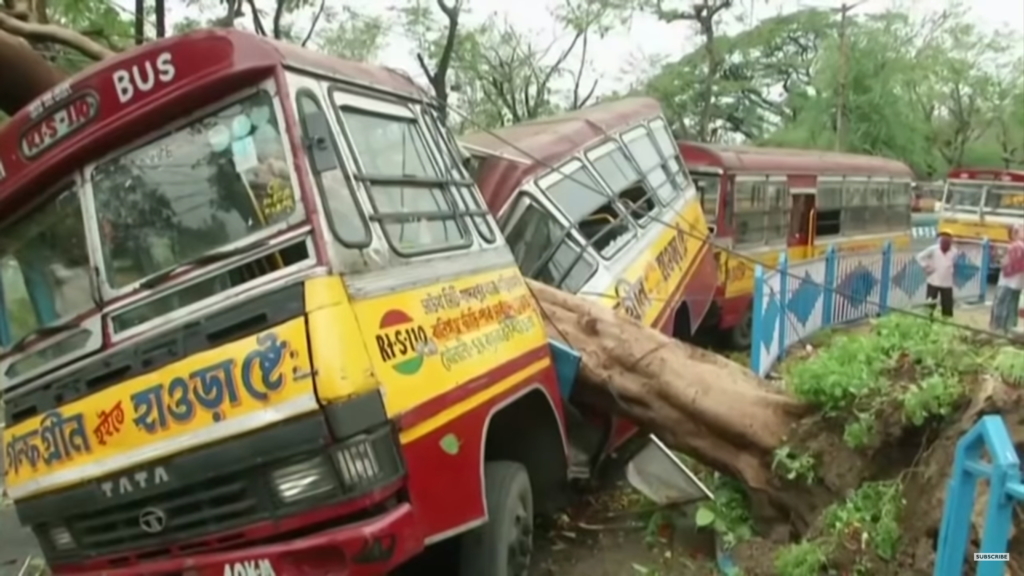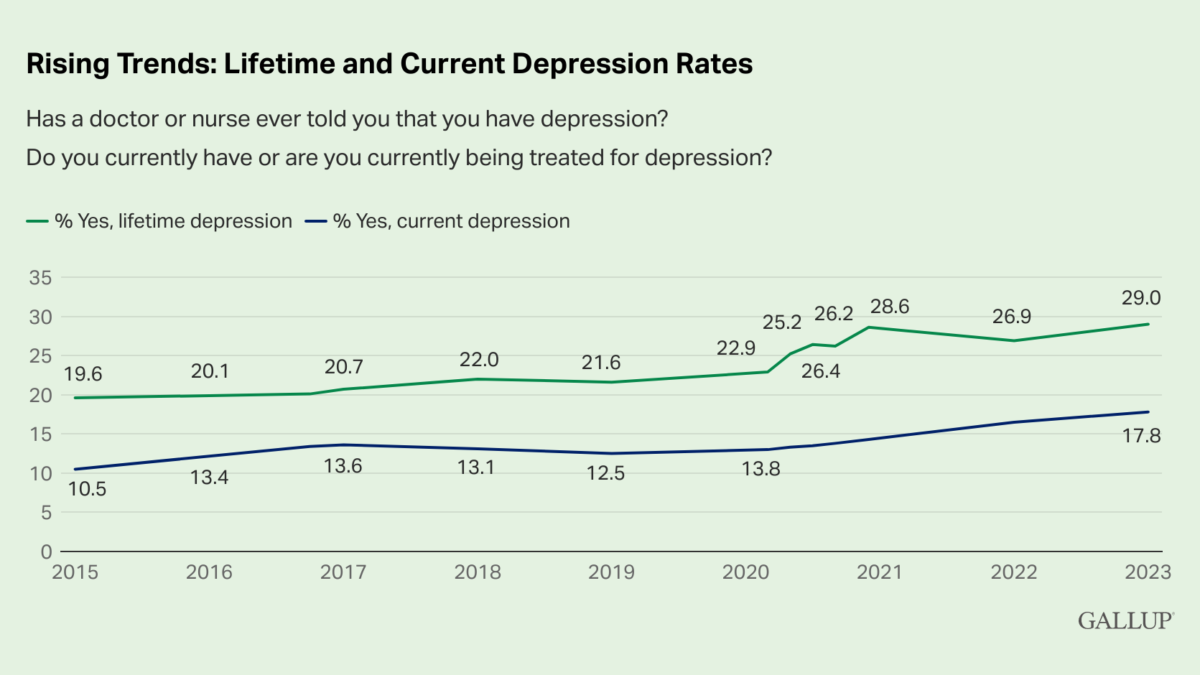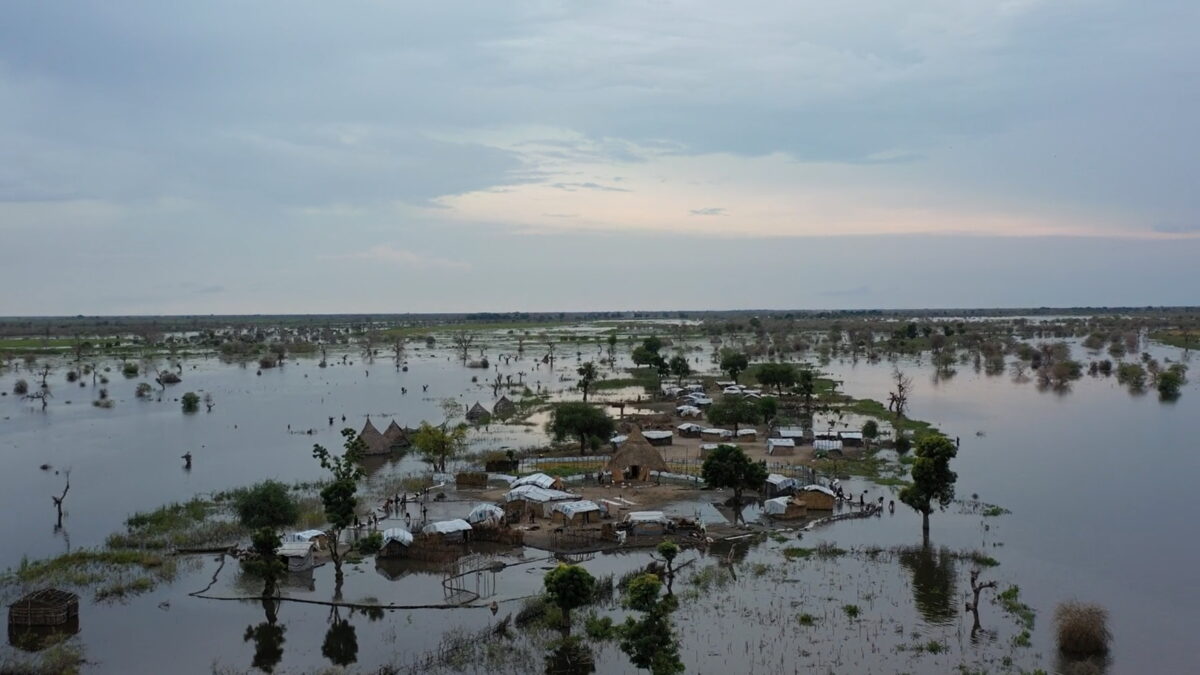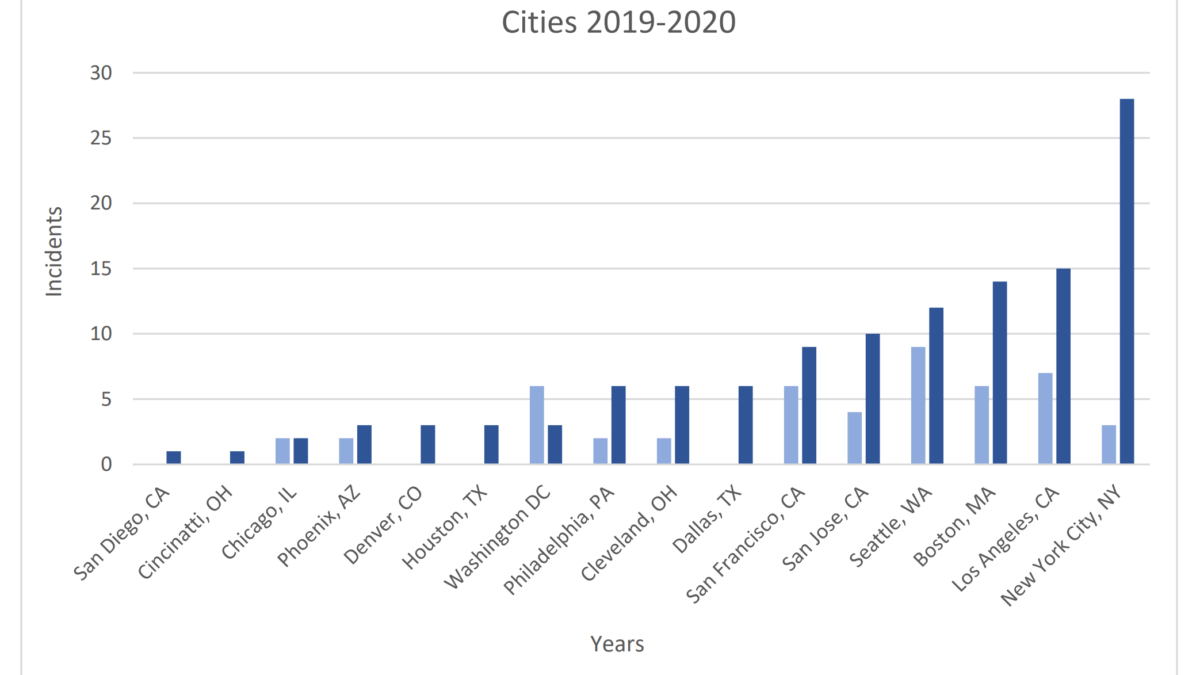Kolkata devastated as Cyclone Amphan kills scores in India and Bangladesh – “We are facing three crises: the coronavirus, the thousands of migrants who are returning home, and now the cyclone”
By Hannah Ellis-Petersen and Shaikh Azizur Rahman
21 May 2020

KOLKATA (The Guardian) – The Indian city of Kolkata has been left devastated by the worst cyclone it has seen in 100 years, which swept through India and Bangladesh on Wednesday and killed at least 84 people.
Kolkata, home to almost 15 million people, bore the brunt of Cyclone Amphan, which tore roofs off buildings, smashed windows, pulled down trees and pylons and overturned cars.
Most of the fatalities were caused by falling trees or electrocution. Millions of people were left without power and telephone connection, and some areas were without drinking water.
Mamata Banerjee, the chief minister of West Bengal state, of which Kolkata is the capital, said the damage was like “nothing I have seen in my life” and two districts of the city had been “completely devastated. We have to rebuild those districts from scratch.”
She said: “Area after area has been ruined. I have experienced a war-like situation today.”
Banerjee noted how particularly catastrophic the storm was in the context of the coronavirus pandemic, with people forced to prioritise seeking shelter over efforts to curb the spread of the virus.
“We are facing three crises: the coronavirus, the thousands of migrants who are returning home, and now the cyclone,” she said.
Kalipada Haldar, whose shack made from bamboo and plastic sheets was destroyed by Amphan, said he had recently lost his job in a cardboard factory when it closed down as a result of Covid-19 lockdown measures.

“For the past two months I have been without a job. Somehow I have been running my family with the small amount of rations I get from the government. I was already in hardship after the factory was closed. Now the cyclone has destroyed my house, doubling my miseries,” he said.
Haldar said he would need at least 15,000 rupees (about £160) to rebuild his shack, and he despaired at where he would find the money with no jobs available. “The lockdown killed my ability to earn my livelihood for my family and forced me to become a virtual beggar dependent on handouts,” he said. “I don’t know why God has been so cruel to me.”
The cyclone, classed as a category 3 hurricane, caused storm surges and waves five metres high and wreaked devastation across the Indian states of West Bengal and Odisha, as well as coastal areas of Bangladesh. [more]
Kolkata surveys damage after bearing brunt of Cyclone Amphan


